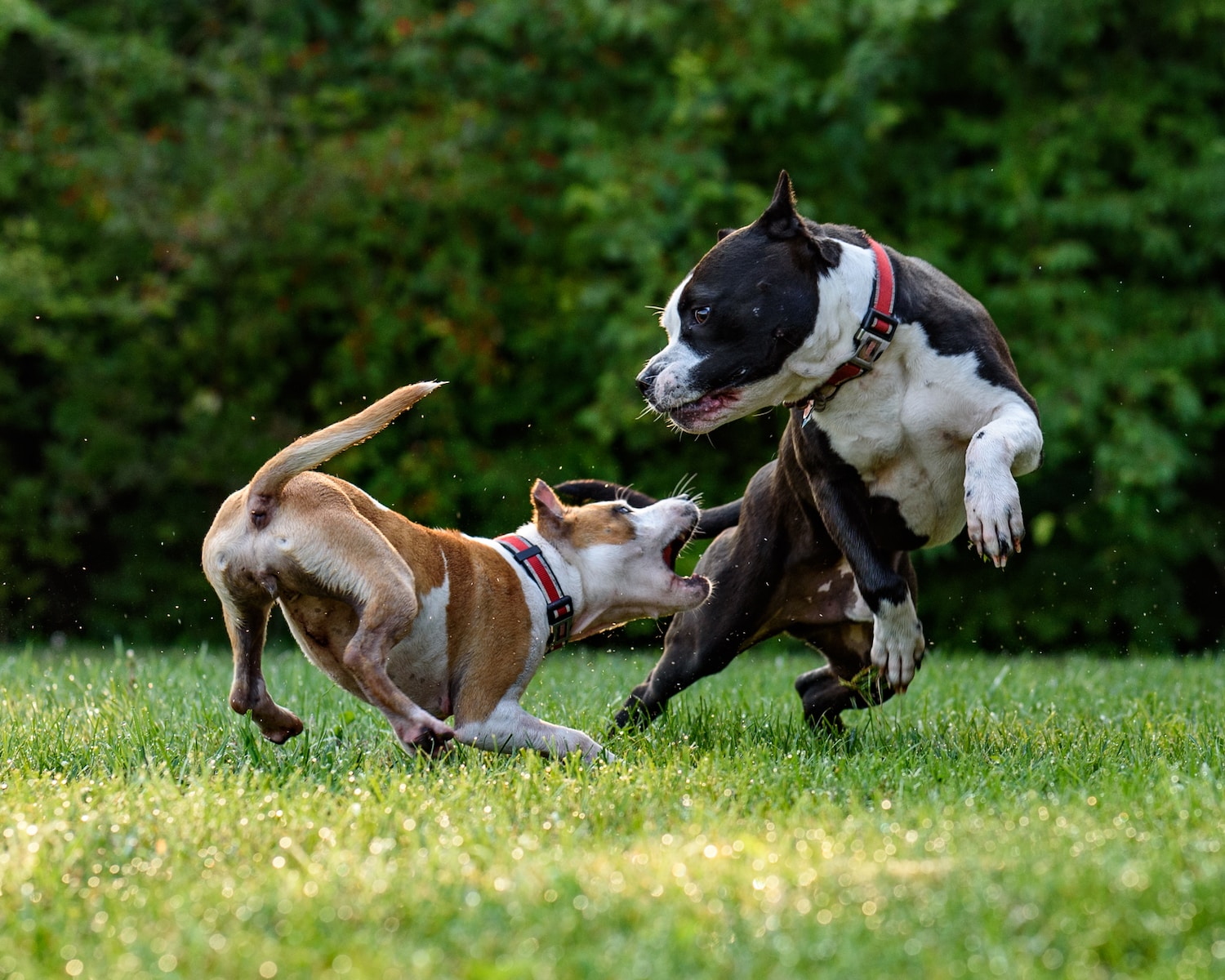You may have heard the term “bully dog” used to refer to a number of different dog breeds. What does, however, “bully dog” mean?
Any breed with the term “bull” in its name can make you think it’s a bully dog breed. In fact, numerous dog breeds, including American Pit Bull Terriers, English Bulldogs, Bull Mastiffs, and Bull Terriers, exhibit this trait.
Although many other breeds of dogs, such as Boxers, Boston Terriers, and American Staffordshire Terriers, do not include the term “bull” in their names, they are nevertheless regarded as bully dog breeds.
What characteristics do these canines have that define them as “bully breeds,” and where did that term originate?
Which Breeds Are Considered Bully Dogs?
Bully dogs come in a variety of breeds with widely varying appearances, temperaments, and ancestry. Why then do we collectively refer to them as “bully dogs”?
They do, however, all share a characteristic. They are descended from Molosser dogs, who were big, strong dogs with short muzzles and hanging ears that were native to Greece.
Originally, breeders combined these enormous animals with other breeds to produce canines that could defend livestock, maintain property, and assist in daily tasks.
Unfortunately, several bully breeds would later be bred for bloodsports like bear- and bull-baiting. Many of these dogs continued to be raised as companion animals after these barbarous activities were abolished, however some were bred for dog fighting rings.
When given the right environment and socialization training, bully dog breeds are typically not aggressive, but just like any other dog, humans may teach them harmful tendencies. Bully dogs typically make affectionate, devoted family pets who are especially protective of young children.
Bully dog breeds come in a wide variety of varieties and have Molosser roots. To list every one of them would be challenging. Here are some of the most well-known and well-liked bully dog breeds, though:
- Dogo Argentino
- English Bulldog
- English Mastiff
- French Bulldog
- Great Dane
- Neapolitan Mastiff
- Olde English Bulldogge
- Pug
- Rottweiler
- Staffordshire Bull Terrier
- American Bulldog
- American Pit Bull Terrier
- American Staffordshire Terrier
- Boston Terrier
- Boxer
- Bull Mastiff
- Bull Terrier
- Cane Corso Italiano
- Caucasian Shepherd Dog
Do you want to know what breed of dog your dog is? Try this canine DNA test to learn more about your dog’s breed heritage!
Why Do We Call Them Bully Dogs?
You could believe that calling a dog a “bully dog” suggests that it is cruel, hostile, or aggressive. However, the term “bully dog” is not founded on the personalities of these dogs but rather on their past.
The term “bully” was adopted to characterize these canines since they were utilized in bloodsports like bull-baiting, and it stuck. Considering these breeds to be “bully dogs” does not assist to remove them from their terrible background.
It is simple to understand why their unjust reputation endures when you consider that many bully dog breeds have been used as status symbols to convey toughness, intimidation, and hostility as well as those who still use them in illegal dog fighting rings.
Bully dogs tend to be loving family pets despite all of these problems, and many have been referred to as “nanny dogs” because of their protective behavior toward youngsters. Bully dogs are wonderful pets and companions when given the right training and care.
Bully dogs are occasionally prohibited by breed-specific laws, particularly if they fit the definition of a “Pit Bull” or even just closely resemble one.
Even if the dogs and their families aren’t Pit Bulls or bully dogs, fear-based regulations and inadequate training of law enforcement to identify breeds correctly can be disastrous for dogs of many breeds and their families.
It’s crucial to disseminate knowledge and information so that bully breeds can lose their negative connotations and become recognized for the devoted creatures that they are.

